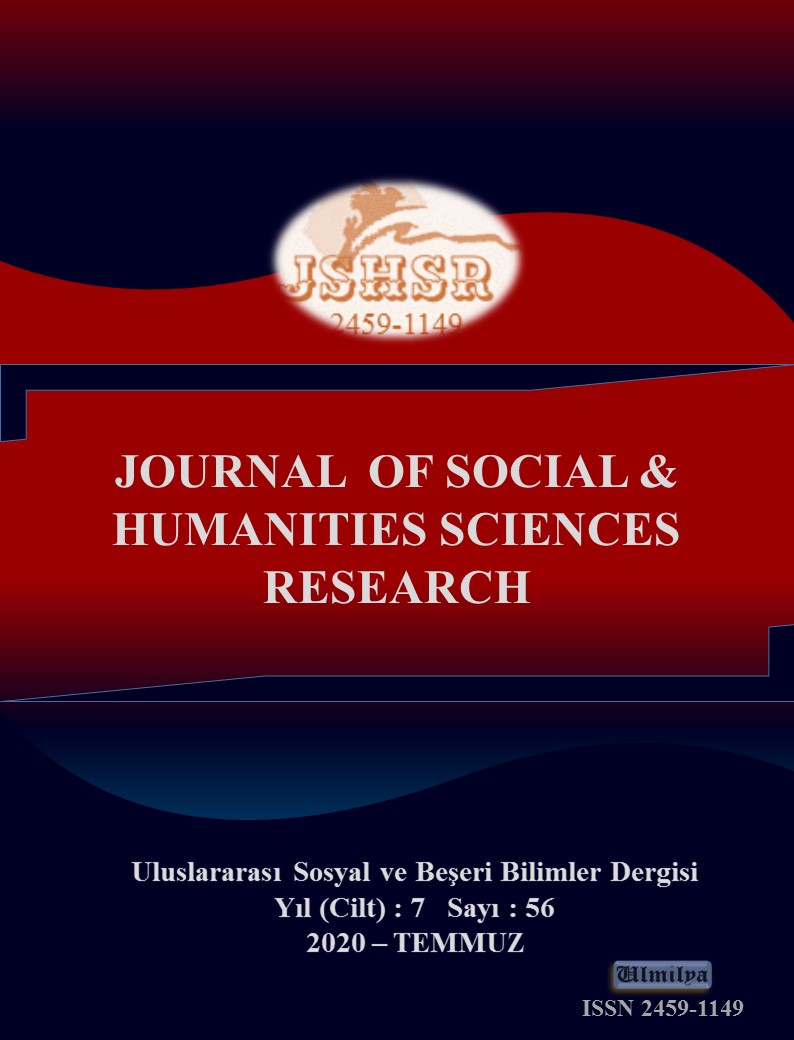ANALYSING THE EFFECTS OF NON-TARIFF MEASURES ON TRADE FLOW BY GRAVITY MODEL
DOI:
https://doi.org/10.26450/jshsr.1957Keywords:
International Trade, Non-Tariff Measures, Gravity ModelAbstract
Countries have strengthened the liberalization of trade up to a point as a result of some negotiations with General Agreement
on Tariffs and Trade (GATT) and World Trade Organization (WTO), and one consequence of the commitments they have
made with these institutions is a reduction in customs duties. However, this situation is not at all as it seems, because on the
one hand, while customs duties were reduced in line with the commitments before WTO, on the other hand, the number of
applied Non-Tariff Measures (NTMs) were increased. Today, NTMs constitute a significant part of trade costs. One of the
most effective tools used to predict the effects of the NTMs on trade flows is the Gravity Model, and it is widely used to predict
the effects of the NTMs. For the stated reasons, the main purpose of this study is to discuss the methods used in analyzing the
NTMs by showing how the Gravity Model affects the trade flow in the light of recent developments in the literature and to
provide various suggestions on how to conduct a trade policy analysis.
Downloads
Published
How to Cite
Issue
Section
License
Copyright (c) 2020 INTERNATIONAL JOURNAL OF SOCIAL HUMANITIES SCIENCES RESEARCH

This work is licensed under a Creative Commons Attribution 4.0 International License.


